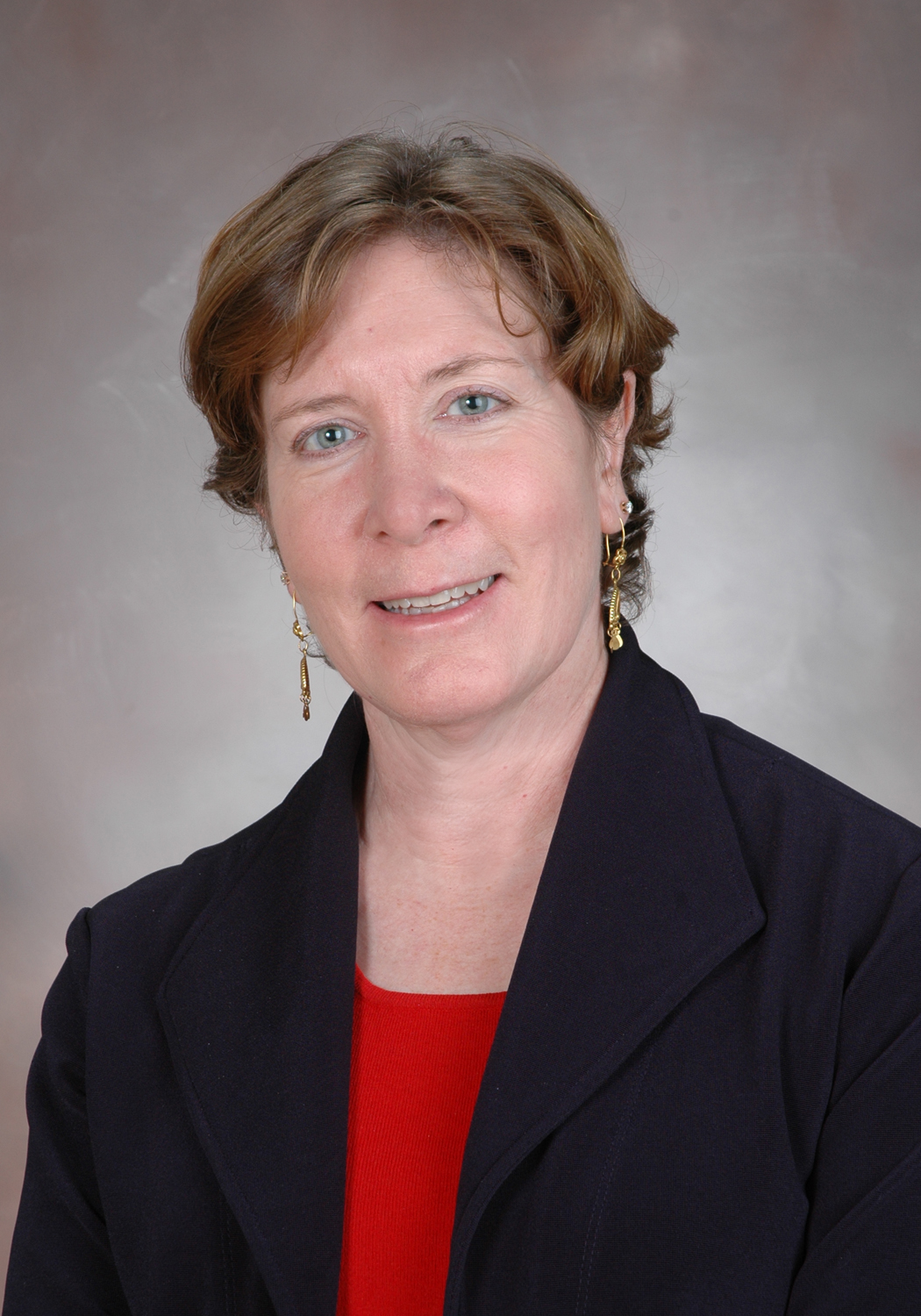 January was Cervical Health Awareness month, which should lead to a celebration of
how far we have come in fighting this particular cancer. In the 1930s and 40s, cervical
cancer was a major cancer killer of women in the United States and around the world.
In the 1950s, a test was developed, the Papanicolaou (Pap) smear, which completely
changed how this cancer was detected and treated. Between 1955 and 1992, cervical
cancer and deaths from cervical cancer declined by more than 60 percent. These days,
cervical cancer is not one of the common cancers in the U.S., but it still kills about
4,000 women in the U.S. every year.
January was Cervical Health Awareness month, which should lead to a celebration of
how far we have come in fighting this particular cancer. In the 1930s and 40s, cervical
cancer was a major cancer killer of women in the United States and around the world.
In the 1950s, a test was developed, the Papanicolaou (Pap) smear, which completely
changed how this cancer was detected and treated. Between 1955 and 1992, cervical
cancer and deaths from cervical cancer declined by more than 60 percent. These days,
cervical cancer is not one of the common cancers in the U.S., but it still kills about
4,000 women in the U.S. every year.Early detection made a huge difference in deaths from cervical cancer because if you can find cervical changes early, you can treat them and prevent cancer from ever forming. In this particular cancer, early detection can also be prevention. In the last several years scientists have discovered the cause of cervical cancer. It is a virus called the human papilloma virus, or HPV. Now there is a vaccine that can prevent this infection. The vaccine is recommended for girls and boys as young as 9 years of age, and the vaccine may prevent over 70 percent of cervical cancers.
 As a researcher, I became interested in cervical cancer because it is preventable
through screening, and because I was interested in the health of Latina women, who
have higher rates of cervical cancer and lower rates of screening. Over several years
in El Paso, Texas, I researched the reasons why women were not getting screened and
developed interventions to help them decide to be screened. This work was funded
by the Centers for Disease Control and Prevention (CDC) and involved not only other
researchers but community members as well. The outcome was a program called AMIGAS,
which involved education provided by lay health workers (promotoras in Spanish), and
materials like flipcharts and a video done in the format of a novela (a Spanish language
soap opera). We tested the intervention in a clinical trial, and it was found to
be very effective for increasing rates of cervical cancer screening. CDC has named
AMIGAS a “program that works.”
As a researcher, I became interested in cervical cancer because it is preventable
through screening, and because I was interested in the health of Latina women, who
have higher rates of cervical cancer and lower rates of screening. Over several years
in El Paso, Texas, I researched the reasons why women were not getting screened and
developed interventions to help them decide to be screened. This work was funded
by the Centers for Disease Control and Prevention (CDC) and involved not only other
researchers but community members as well. The outcome was a program called AMIGAS,
which involved education provided by lay health workers (promotoras in Spanish), and
materials like flipcharts and a video done in the format of a novela (a Spanish language
soap opera). We tested the intervention in a clinical trial, and it was found to
be very effective for increasing rates of cervical cancer screening. CDC has named
AMIGAS a “program that works.”Although I have moved to TTUHSC at Lubbock to start the new Public Health program, I continue to work with my colleagues in El Paso. In particular, Navkiran Shokar, M.D., MPH, associate professor in the Paul L. Foster School of Medicine, and I work together on a program funded by the Cancer Prevention Research Institute of Texas (CPRIT) that provides education using AMIGAS as well as free cervical cancer screening for uninsured women. In addition, Shokar’s team is providing education on colposcopy, a way of visualizing the cervix in order to see and treat cervical changes, to family medicine residents. Also in the family medicine department, Shokar, along with Eribeth Penaranda, M.D., assistant professor, and Jennifer Molokwu, M.D., MPH, assistant professor, both at the Paul L. Foster School of Medicine, is working on interventions to increase the uptake of the HPV vaccine.
Although cervical cancer rates have decreased in the U.S., cervical cancer continues to be a major cancer killer in other countries, including many in Latin America and Haiti. My dream is to continue work in the U.S. to increase screening and HPV vaccine and to expand my research to other countries. No woman should die from cervical cancer, and I would like to be a part of the team that puts an end to these unnecessary deaths.
 Theresa Byrd, Dr.Ph., MPH, R.N.
Theresa Byrd, Dr.Ph., MPH, R.N.Department Chair and Associate Dean
TTUHSC Graduate School of Biomedical Sciences, Department of Public Health
